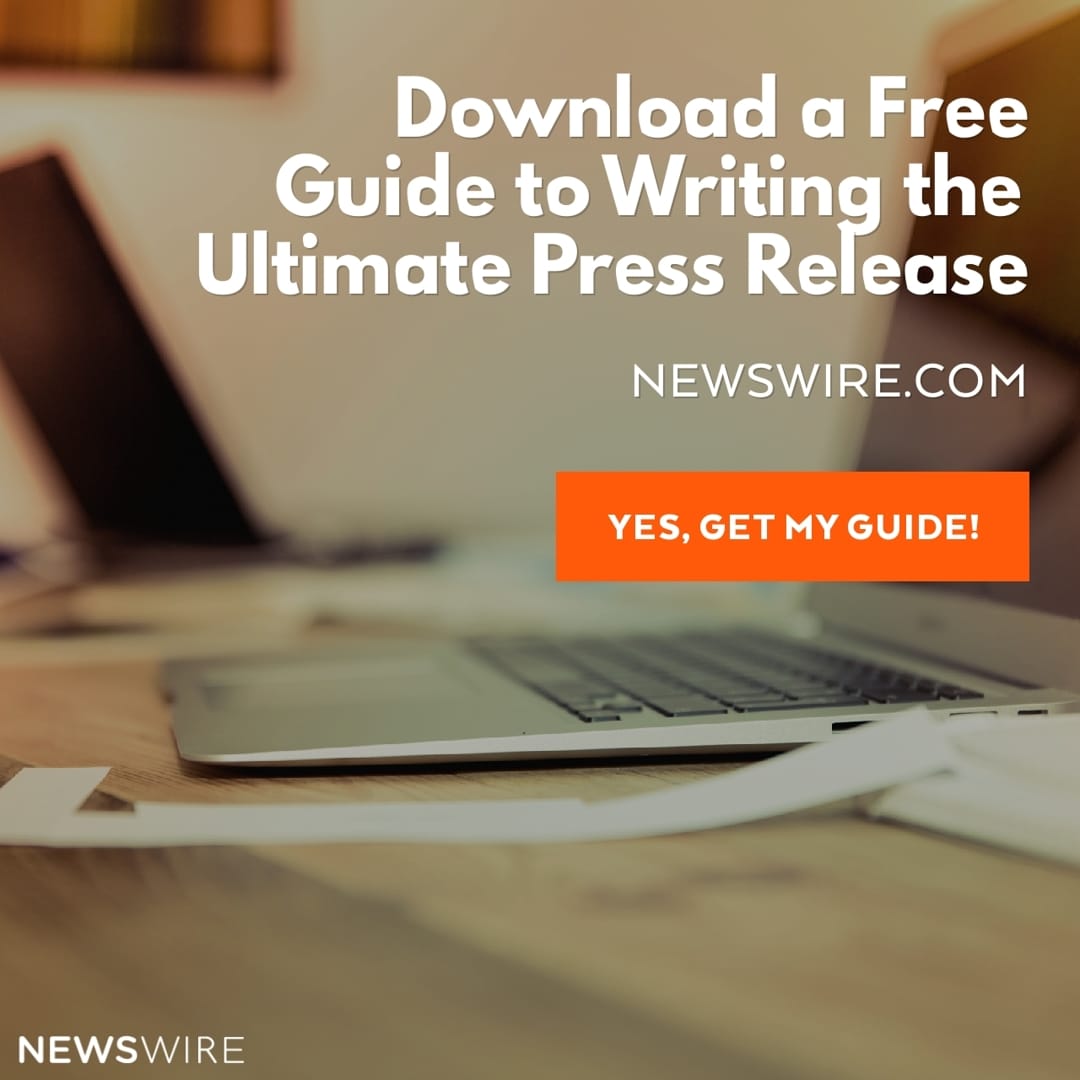
How Many Words Should Be In A Press Release?
When it comes to writing press releases, there are a number of common questions newcomers to this form of publicity ask. One of the most common is how many words should be in your press release.
The answer is, it depends. There are a number of deciding factors to keep in mind as you craft your press release.
What is a press release?
A press release is a document issued by a company or other official entity to release important news and information about the company to journalists and other media representatives. Once considered as useful for large companies only, in the past 10 years or so, small businesses and new marketers have begun to use them in order to increase brand awareness and get more traffic, sales, and subscribers.
What is the format of a press release?
A press release is usually written in a certain format, so the length of a press release will usually be between 400 and 500 words. Journalists are busy people so they are interested in facts, not fluff or padding. Your press release can serve as the source of an article or blog post they will write in order to meet their deadline and keep their editor and readers happy.
Each press release has the same structure, so mastering it can help you write briefly but clearly and still cover all of the most important points. Here’s a checklist of what needs to be in your press release.
1-An interesting headline
It should command attention and provoke curiosity. It should have at least one keyword related to your niche. Aim for about 60 characters so it won’t get cut off in the search engines or press release distribution service interfaces.
2-A thought-provoking subheadline
It should give more information about the headline and contain keywords. It should also serve as a summary of what your press release is all about.
3-A strong first paragraph
Newspaper stories used to be permitted only limited space in the paper. While this is no longer true online, journalists are trained to write tightly and fit all of their most important facts into the first paragraph.
The most important fact is referred to as the 5Ws:
- Who
- What
- When
- Where
- Why
Try to include as many of these detail as possible in your lead paragraph.
4-A supporting second paragraph
If you can’t fit all of the 5Ws into the first paragraph, finish them off in the second. Also include media, such as images and video in this paragraph. If you have any quotations about your news item, these can help provide a context for your newsworthy story.
5-An information-rich third paragraph
This can include quotes, facts, figures, statistics, and more. Continue to make your story worth reading.
6-The fourth paragraph-your boilerplate and contact information
Your boilerplate is a description of your company, who you are and what you do. Draft a boilerplate that gives an idea of your mission. Copy and paste it into every press release you issue.
Your contact information should include bricks and mortar address, email address, phone number, and anything else journalists might need in order to contact you for more information.
7-A useful URL
Boost your traffic by sending them to an URL where they can get more information. Grow your email marketing list by getting readers to sign up for a free e-course.




